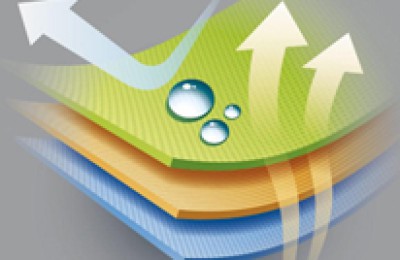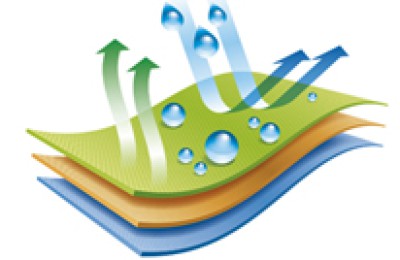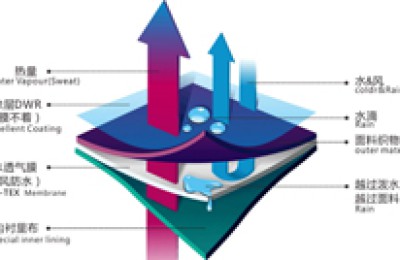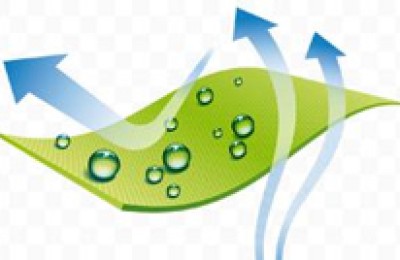As countries around the world place environmental and climate issues, energy structure improvement, and the implementation of “dual carbon” goals in an increasingly prominent strategic position, the global energy market is ushering in historic and long-term green and low-carbon changes, including The industrial chain of green renewable energy and elements such as new energy vehicles, photovoltaics, and wind power is ushering in a period of explosive and sustainable development in the medium to long term.
Taking the new energy vehicle industry that the market is most concerned about as an example, the research organization EVTank and the Ivey Economic Research Institute released in Beijing The “Medium and Long-term Development Outlook of the Global New Energy Vehicle Market (2030)” shows that the sales volume of new energy vehicles in the Chinese market is expected to reach about 2.8 million units in 2021, far exceeding the 2 million units predicted at the beginning of the year. At the same time, it is expected that by 2025, the global sales of new energy vehicles will reach 2.8 million units. Sales of new energy vehicles have increased from the 16.4 million predicted at the beginning of the year to 18 million, and are expected to reach 40 million in 2030.
As global new energy vehicle production and sales continue to grow rapidly, CICC Chemical predicts in its “How to Watch Leading Chemical Companies Enter the New Energy Materials Field” that the main lithium battery materials in 2025 Global demand has increased approximately 8-11 times compared with 2020, and the compound growth rate of global demand from 2020-25 is nearly 50%. We expect that the potential demand for photovoltaics will maintain strong growth under the background of “carbon peaking and carbon neutrality”, and the average annual compound growth rate of EVA and POE in the global photovoltaic field will exceed 20% from 2020 to 25. Benefiting from the strong growth in demand for electric vehicles and photovoltaics, we expect that materials in the fields of lithium batteries and photovoltaics will become important tracks for continued rapid growth.
The vigorous development of global and Chinese new energy industries and low-carbon circular economy will inevitably bring about changes in upstream chemical raw materials and The explosive growth and dual-carbon innovation in the consumption demand and structure of new materials have promoted the continuous industrial transformation of domestic leading chemical production capacity and enterprises from energy supply to material application.
From the demand side of new materials that directly serve the new energy industry chain, such as lithium iron phosphate materials, silicon materials, photovoltaic EVA materials, POE film materials, PVDF materials, and DMC Materials, lithium battery separator materials and other segmented chemical new material markets have also achieved rapid growth in demand along with the expansion of the new energy market.
According to CICC Power New Energy Group’s estimates, in 2021 and 2022 alone, the global newly installed photovoltaic capacity is expected to reach 160-170GW and 220-240GW, which is expected to drive EVA photovoltaic materials Demand increased by 140,000/250,000 tons. At the same time, according to a report from the Basic Chemicals Group of Minsheng Securities, benefiting from the rapid growth of the downstream power market, it is expected that the global and Chinese demand for lithium battery separators, one of the four major raw materials for lithium batteries, will reach 24.7 billion and 11.6 billion square meters in 2025, with a compound annual growth rate of 11.6 billion square meters in the next five years. Growth rates will reach 46% and 39%.
As the demand support and development driving force of the new energy, chemical and new material market are increasing day by day, more and more leading domestic chemical companies such as Wanhua Chemical, Hengli Petrochemical, Dongfang Sheng Chemical platform-type new material giants such as Hong have also accelerated their development focus on this increasingly important new chemical material market.
CICC Chemical pointed out that “Chemical companies entering the field of new energy materials have the advantages of resources and low-cost large-scale production,” Under the “double carbon” policy, new energy materials will become an important aspect of the extension of the industrial chain. Take Hengli Petrochemical’s plan to enter the lithium battery separator industry, which has attracted much attention in the current market, as an example. According to Hengli Petrochemical’s public annual report information, the company is the leading enterprise in the development of domestic private refining and chemical companies, and has the business strategy of an upstream world-class petrochemical enterprise. layout, with abundant reserves of new energy chemical raw materials. At the same time, its wholly-owned subsidiary Kanghui New Materials is a development platform for differentiated, high-performance green environmentally friendly films and new plastic materials and a national high-tech enterprise. Therefore, Hengli Petrochemical relies on its With the strategic support of the large chemical industry platform and years of accumulation in the downstream high-end membrane market, it is logical to develop the lithium battery separator industry. According to people familiar with the matter, Hengli has begun to lay out the field of lithium battery separators, and preliminary work such as equipment procurement and technical personnel recruitment is carried out in an orderly manner.
Therefore, as the demand for new energy materials in China and the world expands, the original small-batch, small-capacity new energy materials market will gradually accelerate its development and gradually develop. It will become a large-volume, large-scale new material chemical product. Chemical giants are also expected to better leverage their comprehensive advantages in large-scale low-cost manufacturing and industrial chain support, which will help our country break through the “stuck neck” and “stuck neck” in the field of new energy materials. “Capacity bottlenecks” and other restricted links, and under the “carbon peaking, carbon neutrality” policy, the new energy sector is more in line with policies and industrial development trends, and the market size continues to grow rapidly. Therefore, in the future, the field of new energy materials will also It has become a very important direction for the industrial chain extension of domestic chemical platform enterprises such as Wanhua and Hengli. </p







